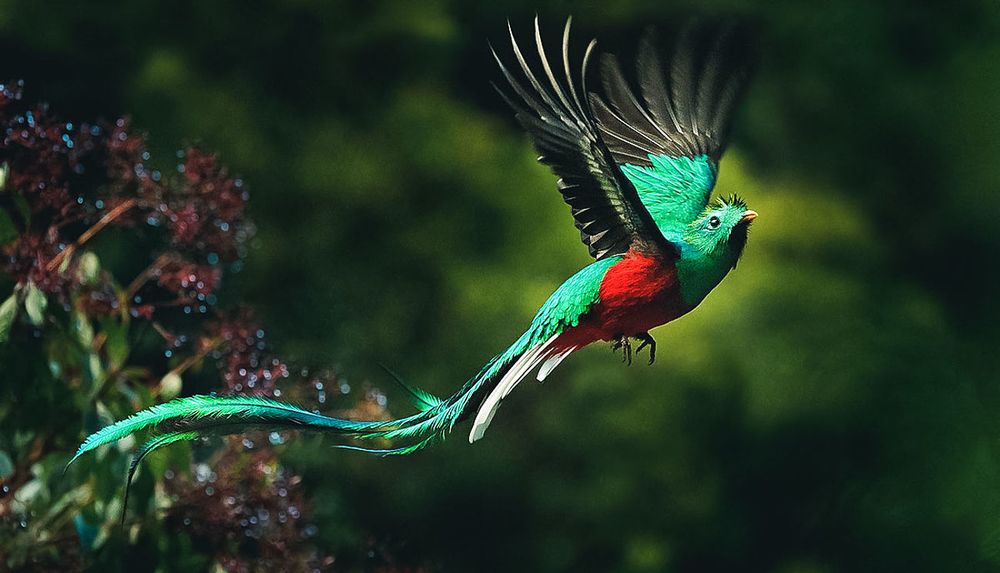The Taj Mahal, located in Agra India, is an inspiring monument built by Shah Jahan, the passionate Mughal Emperor, between 1632 and 1648, as a tribute to the memory of his favourite begum Mumtaz Mahal, who died in 1631. It is believed that thousand of workers from several countries toiled for 17 years to complete it. Built completely of white marble and exquisitely designed, it is more than a ruler’s achievement or a nation’s pride.
The Taj Mahal represents the finest and most sophisticated example of Mughal architecture.
Designer of the Taj
It is still not clear who designed the Taj. Ustad Ahmed Lahauri is generally believed to be the chief architect, but some others think it was Ustad Isa from Turkey. France and Italy both claim that it was the brainchild of their artists. However, we can safely say that the Taj is the sum total of the designs of two centuries of Mughal tombs.
Why did Shah Jahan build the Taj Mahal ?
Shah Jahan became the Emperor in 1628 after a bloody battle for the throne. He gave his favorite wife the title of Mumtaz Mahal, which means ‘Jewel of the Palace’. In 1631, Shah Jahan went on an expedition to the south. Mumtaz Mahal always accompanied him, whenever he went, and this journey was no exception. Tragically, she died during childbirth at Burhanpur. She was the mother of 14 children, of whom only seven survived. She was just 39 at the time of her death, and Shah Jahan was heartbroken. He went into mourning for two years, during which there was no music or any kind of celebration in the court. The Emperor, a passionate builder, then decided to give his beloved a memorial that would express his love for her. So, the Taj Mahal took shape, beside the Yamuna River, set amidst splendid gardens. The site was chosen because Shah Jahan could gaze at it from the Agra Fort, his palace. Skilled architects, more than 20,000 workers, inlay craftsmen, calligraphers, stone carvers, and masons from lands as distant as Persia and Turkey toiled to create a masterpiece that stuns the world to this day.
Why is the Taj Mahal one of the wonders of the world ?
The Taj Mahal is one of the most flawless architectural creations of all time. For the past five centuries, travelers from all over the world have gazed in awe at its incomparable beauty. Situated on the right bank of the Yamuna River, the Taj Mahal gleams like a jewel in the perfect setting of its vast gardens. The purity of the white marble, and the intricacy of the floral arabesques, as well as the decorative brands, all highlight to perfection the exquisite calligraphy. The materials for its construction came from all over India and Central Asia. The pristine white Makrana marble came from Jodhpur. Precious stones for the inlay were brought from Baghdad, Punjab, Egypt, Russia, Golconda, China, Afghanistan, Ceylon, Persia and the countries in the Indian Ocean. The Taj Mahal, without doubt, is considered to be the finest example of Mughal Architecture.
Why is the Taj Mahal called an architectural masterpiece ?
The Taj Mahal represents the finest and most sophisticated example of Mughal Architecture. It incorporates and expands on many design traditions, particularly Persian and earlier Mughal architecture. Known for its symmetry, the Taj Mahal sits on a raised platform surrounded by four minarets. The massive red sandstone Taj gateway was completed in the year 1648, and stands 30 meters high. The gateway is topped by small cupolas or chhatris. Symbolic of the divide between the material and the spiritual, the gateway is decorated with calligraphy with verses from the holy Koran. The tomb stands on its own marble plinth, which rests on a red sandstone platform. Four tall pillars rise up from the corners of the white marble plinth. They are topped with eight windowed cupolas. Immediately below the dome, is the tomb of Mumtaz Mahal, which is centrally lined with the main entrance. Besides Mumtaz Mahal’s tomb, is the tomb of Shah Jahan. The crypt and the cenotaphs at the Taj carry decorations of fabulous elegance. As many as 35 different types of precious stones have been used on a single bloom-turquoise, jade, agate, coral, lapis Lazuli, Onyx, Bloodstone, carnelian jasper, garnet and malachite have been used to fashion blooms of fuchsias, lily, honeysuckle and more. The beauty of the Taj Mahal is enhanced by the garden laid out in the Persian Charbagh or four garden plan style.
How are the tombs arranged in the Taj Mahal ?
The Taj Mahal houses the tombs of Mumtaz Mahal and Shah Jahan himself. The actual tombs of Mumtaz Mahal and Shah Jahan are in the basement, while in the main chamber, there are false tombs surrounded by lacelike marble screens. These screens transmit light into the actual burial chamber. Both tombs are exquisitely inlaid with semi precious stones. Calligraphic inscriptions of the ninety nine names of Allah can also be seen on the tomb of Mumtaz Mahal. Shah Jahan’s tomb lies next to Mumtaz Mahal’s, but was not a part of the original plan.
